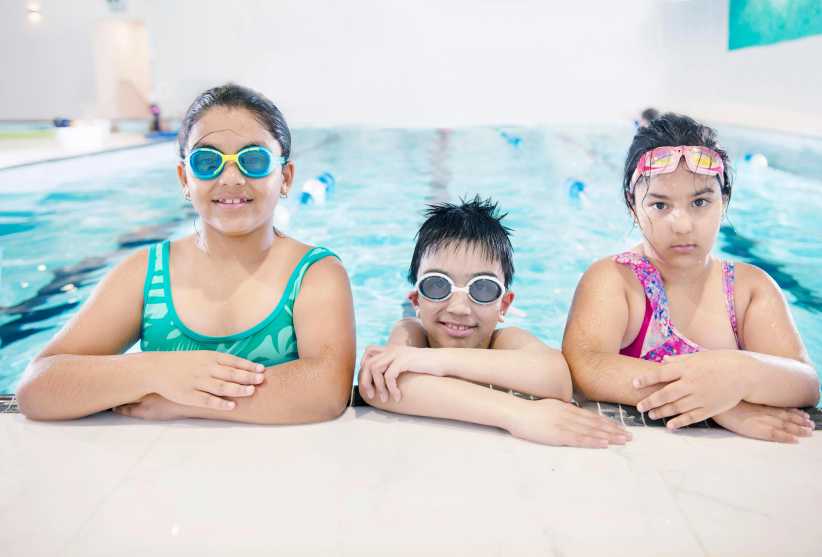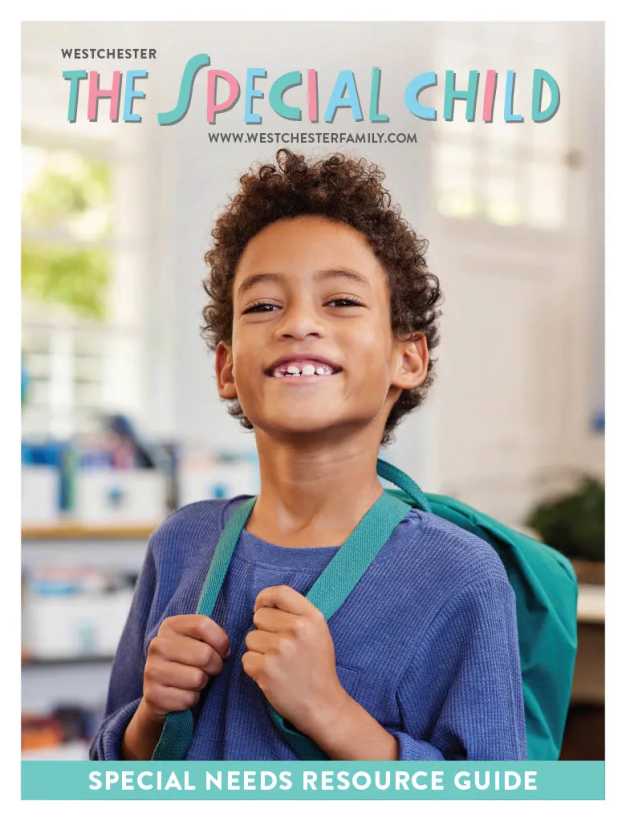
Swim Safety for Children with Disabilities: How the Right Lessons Can Save Lives
When it comes to child safety, few topics are more urgent—or overlooked—than water safety. According to the Centers for Disease Control and Prevention (CDC), drowning is the leading cause of death for children ages 1 to 4, and the second leading cause of death for children ages 5 to 14. Often silent and shockingly fast, drowning can happen in seconds and in seemingly harmless places like bathtubs, backyard pools, lakes, fountains, and even buckets of water.
However, swim lessons can lower the risk of drowning by up to 88% for young kids. That makes early lessons and water safety one of the best ways parents can help keep their children safe.
Psst… NYC Public Pools Are Now Open for the Summer Season!
For families raising children with disabilities, swim safety can come with additional concerns. Lessons should be flexible and supportive, with programs that understand and adapt to each child’s unique needs.
We consulted Brittany Moog, a certified swim instructor and member of the U.S. Swim School Association, to talk about safety strategies, program options, and how parents can feel more confident near the water.
Why is swim safety important for all children, and how does that apply especially to children with disabilities?
Let’s be real: kids and water go together like bubbles and bathtime. But while splashing is fun, safety always has to come first. For all children, knowing how to stay safe around water is a life skill, right up there with looking both ways before crossing the street.
For children with disabilities, that importance skyrockets. These kiddos may be more likely to wander, have a deep love for water or simply process danger differently. That’s why, we should treat swim lessons as more than just learning to swim, we’re building water superpowers that can literally save lives.
What should parents know about the unique water safety needs of children with disabilities?
Every child brings their own magic and their own needs to the water. Some may not understand when it’s safe to jump in, while others may not respond to verbal warnings. That’s where consistency, creativity and patience come in.
Parents can start by making water safety part of everyday life: Use stop/go visuals, practice waiting before entering the tub and/or pool, and get everyone into a rhythm of predictable, repeatable routines. Water safety isn’t just a once-a-week class; it’s a mindset we help families bring into every puddle, pool, and beach day.
How can swim instruction be adapted to support children with a range of physical, cognitive, or sensory differences?
Every child deserves a swim lesson that feels just right for them. Ideally, instructors should get to know each swimmer and customize the lesson like it’s their favorite flavor of popsicle. Maybe it includes tactile prompts, visual cues, a favorite floaty toy or a calming song to set the tone.
If a child needs extra time to ease into the water, instructors should take it. If they communicate better through gestures or need a quieter space, they should adjust. Whether it’s learning to float, splash or just feeling calm in the water, instructors should move at the child’s pace, always aiming for progress over perfection.
What should parents look for when choosing a swim program that’s safe and supportive for children with disabilities?
Not all swim programs are created equal, especially when it comes to kids with disabilities. The gold standard? Instructors with training in adaptive swim methods and hearts as big as the pool.
Look for places that offer small group or one-on-one lessons, have a calm and sensory-friendly environment, and (this one’s big!) actually listen to you about your child’s needs. You should feel like a partner in the process, not just a spectator.
Pro tip: bring a list of your child’s preferences, sensitivities, and swim goals, and don’t be afraid to ask, “Can I watch a class before we dive in?”
What tips do you have for parents to help their children stay safe around water outside of lessons, at home or on vacation?
Water safety doesn’t stop when the lesson ends, it’s a whole-family adventure! Here are a few of our favorite tips to help parents keep the water fun and safe:
Make it a routine: Use fun verbal cues like “Ready, set, splash!” to practice water boundaries at home.
Turn bath time into learning time: Let your child explore water movement, practice floating toys, or count to three before rinsing. Tiny lessons add up!
Muscle memory is your friend: Repetition is key. Practice how to enter and exit the pool, turn to float, or find the wall even without water.
Add layers of safety: Think door alarms, locked gates, and eyes-on supervision near any water.
Involve siblings: Turn them into safety sidekicks! Teaching everyone to look out for each other builds team spirit and responsibility.
With the right guidance, kids can grow up not just safe but strong, confident, and joyful in the water.
To find a reputable swim school in your area, or anywhere in the U.S., visit the United States Swim School Association.
Psst… As a Person of Color, Here’s Why Learning to Swim Was So Important














